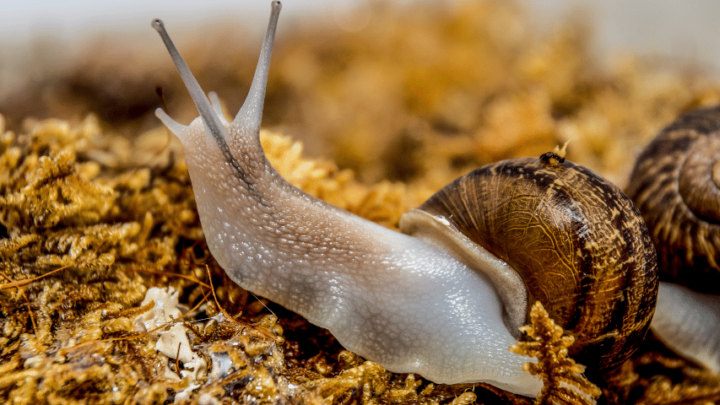Do Snails Have Teeth? Snails and slugs are part of the same categorized species, Phylum Mollusca, which are invertebrates, meaning they have no bones.
They are classified as closer to the family of octopi groups. 725 species of snails and 40 species of slugs have been noted in North America alone.
According to studies by the University of Florida to determine pest control, both snails and slugs do damage to garden plants.
The damages are akin to those inflicted by caterpillars and other invertebrates. Slugs are simply snails without shells.
Slug species have developed to the point that they no longer require a shell.
Slugs and snails both dehydrate in hot weather, therefore their shells shield them from the elements.
Some species of slugs have learned to shed their shell and migrate into damp, moist areas to keep from the heat.
Snails on the other hand pull along their shells and duck into them to stay heat-free.
Both snails and slugs harbor bacteria and the studies done by the University of Florida Pest Control Services were to prevent an overabundance of slugs.
Slugs proliferate to the point where Floridians can be afraid to step into their gardens at night. Florida is a hot and humid state where mollusks flourish naturally.
Do Snails Then Have Teeth?
Snails do have teeth as do slugs. And the teeth are what damage plants and gardens and yes, keep Floridians and other warm humid weather residents inside. These creatures bite although they do not bite like larger mammals or insects. It’s more like grazing across your flesh.
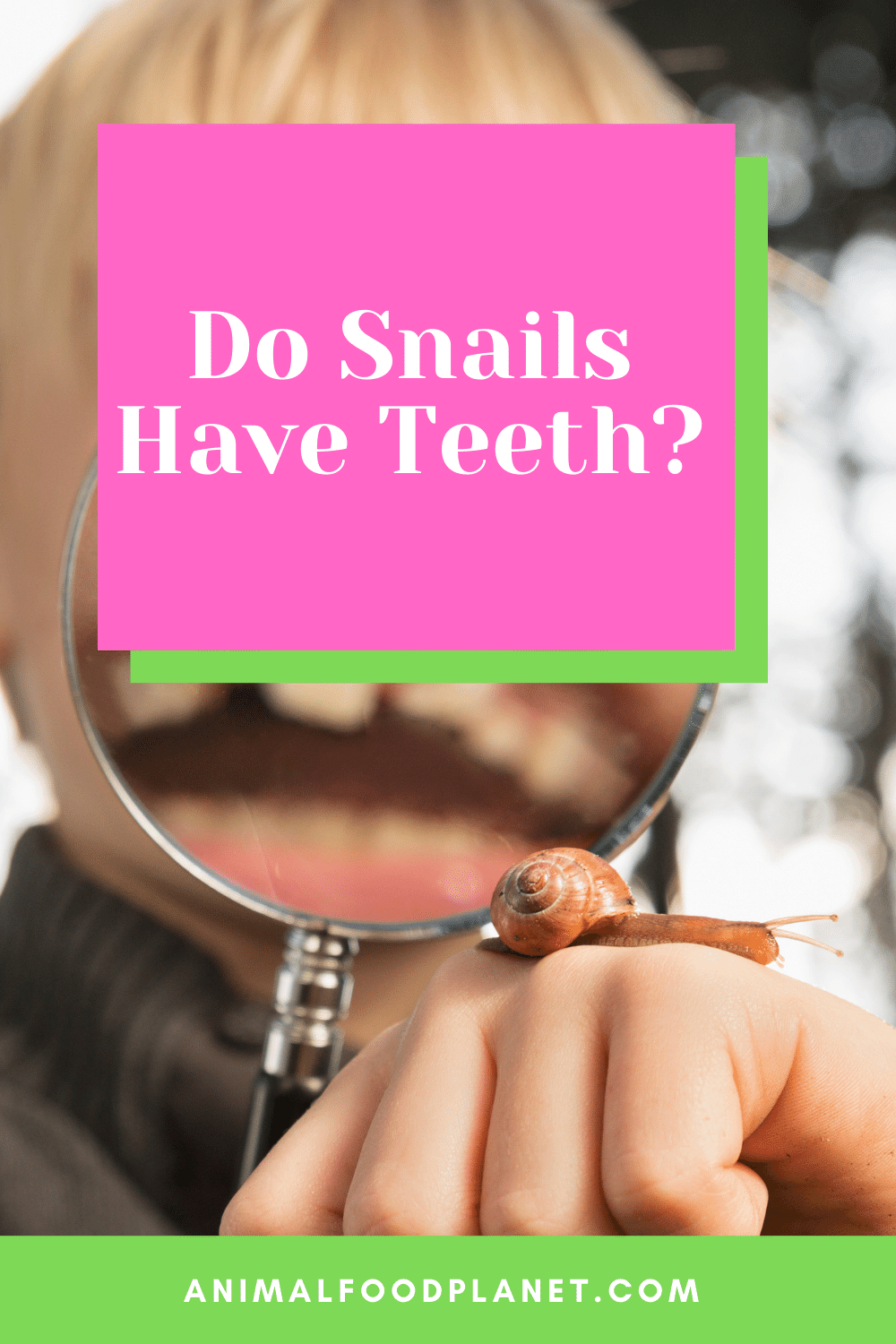
Do Snails Have Teeth?
5 Ways That Determine Snails have Teeth
Snails and slugs do have teeth. Slugs are just snails without shells. Snails simply look cuter as the shell does not reveal how awful-looking they are without one.
Snails and their cousins, slugs, do bite to feed off human blood. (1). Justin Greiniger, 2011, Grand Rapids Senior HS, did research on this.
Snails have radula that is spiked teeth in rows and grind across plants and skin. Garden snails are the most common but bite-less than other varieties.
But hungry snails and slugs will bite and chew anything and even eat excrement and garbage. Snails are carnivorous (meat eaters), omnivorous (meat and plants), or herbivores (only plants). This depends on what they can find and their species.
Snails are not picky at all. Most are omnivorous as are wasps and other invertebrates. Snail farms exist to produce escargot for human consumption and these exist usually in overseas countries with Greece being a prime provider.
According to the NIH (National Institute of Health), the snails were farmed as early as 1 BC due to drought which brought on livestock and crop depletions.
The farming of snails ensures fewer bacteria consumption of the snails, which are usually land snails and safer for human consumption.
1. Observation and study
Universities, teachers, and of course, government agencies such as the NIH (National Institute of Health) have studied snails and slugs extensively.
Tons of these studies exist online and the teeth can be easily seen in pictures and videos.
The teeth are microscopic but enlarging the pictures allows the teeth to show. They are very sharp and pointed and are used by grinding side to side.
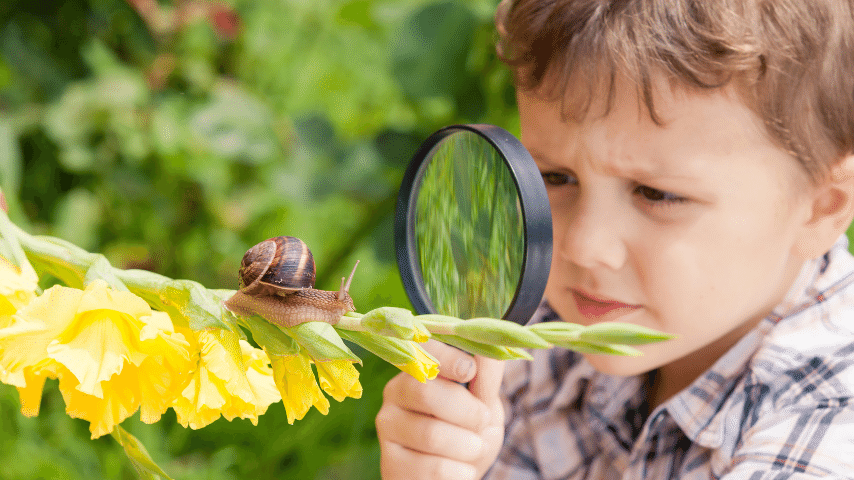
Observation And Study Snail
2. Reading up on snail habits
Many of the studies that determined that snails have teeth were done for pest control and released by extermination companies who needed information to contain snails for their clients.
While snails look cute they destroy gardens in record time so chewing had to be involved since they are not quick creatures. “Slow as a snail” is true.
Exterminators do not sit around with microscopes. Instead, they read and observe and have noticed how rapidly a garden becomes destroyed by snails.
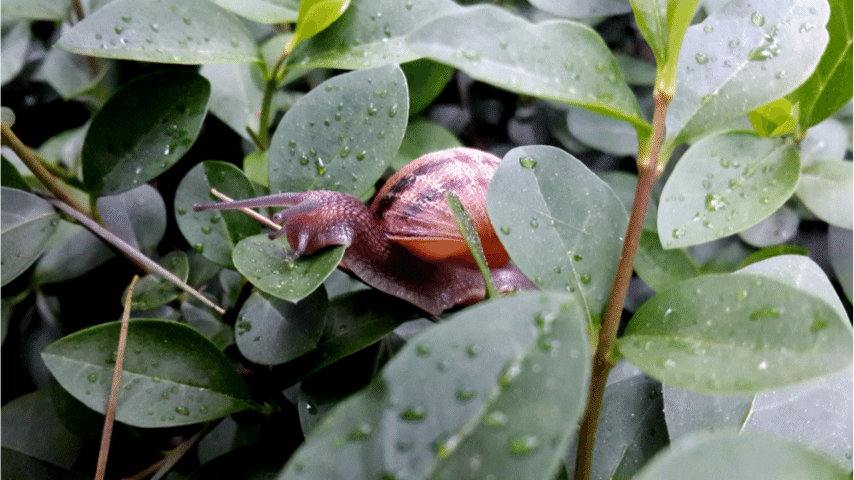
Garden Rapidly Destroys By Snails
3. Snail farming journaling
To operate, snail farms in any country must keep records of all feedings and what observations they have made.
Snail farmers do look over the snails they farm and have seen the teeth up close.
Regulations on what to feed to keep snails bacteria-free do exist and logging of activities including feeding times and what is fed is necessary.
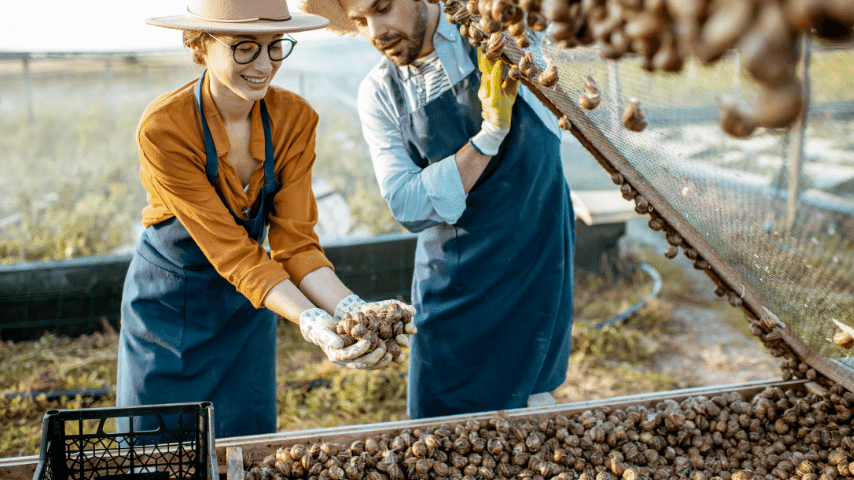
Snail Farming
4. Witnessing the destruction of gardens
Any gardener that has a snail infestation knows they do indeed have teeth.
Since they only move at a “snail’s pace” it is not possible to destroy as much as they do as quickly as they do without teeth.
Snails do climb plants also so will eat the entire plant.
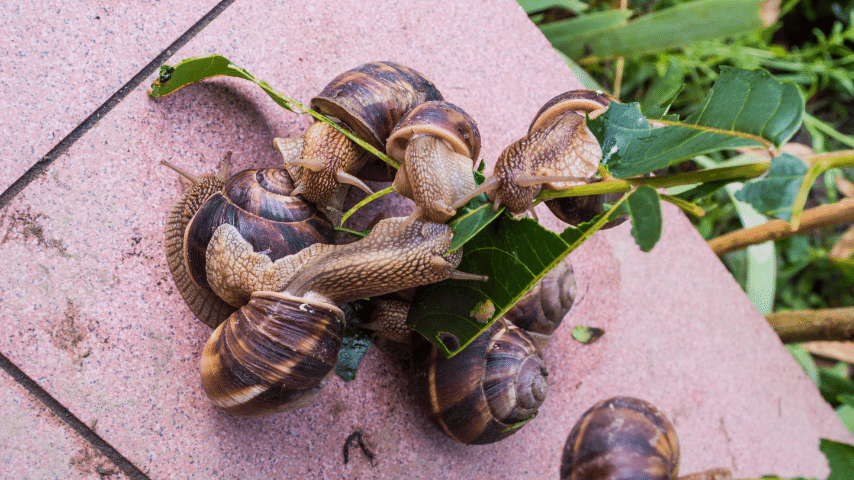
Witnessing The Destruction Of Gardens By Snails
5. Documentation by snail owners
Yes, there are those individuals that raise snails either in aquariums to reduce the bacteria and fungus in a tank, or just because they enjoy watching snail behavior.
When pressed up against the glass of an aquarium the teeth can be seen off and on while eating. Pet shop owners that sell snails can attest to the teeth.
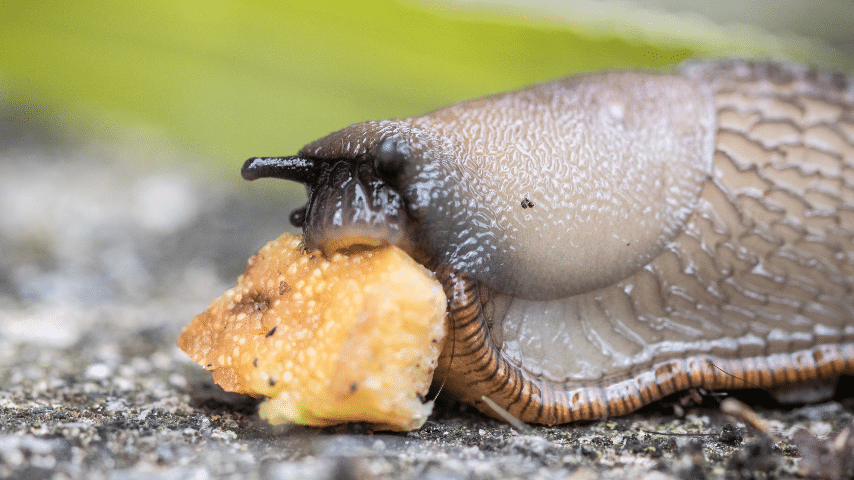
Snail Teeth Can Be Seen Off And On While Eating
Frequently Asked Questions About Do Snails Have Teeth
How can I tell if I have a snail problem?
There are many reasons plants die. However, if you notice slime on your walls or plants it is undoubtedly due to snails.
Snails and slugs move along via a slime they emit that slides their bodies. This is easily seen at night when they are most active.
It is mucus and looks like your plants and walls are covered in mucus.
If a snail bites me will I get sick?
Generally not but washing the wound should be done immediately as snails do eat everything from plants to human and animal waste so anything in their mouths will have bacteria.
Cone snails bite more frequently and Web MD does address how to take out the sting and sanitize the wound.
Can I safely eat snails?
Yes and no. Ensure that the restaurant knows how to properly clean the snails for eating and that a regulated snail farm is a provider.
Greek restaurants feature more snail dishes than French restaurants. The French serve escargot while Greek restaurants feature a fried variety of snails.
There are Greek festivals that feature many snail dishes and believe it or not snails are a nutritious dish with amino acids and protein.
Should I catch my snails and cook them?
This is not advised since you have no idea what your snails have been consuming. Snail farms feed only sanitary foods and do not sell wild snails for human consumption.
You should also make sure you know the process of cooking snails and check with your local health department. Some species are protected while others are not safe to eat.
Canned snails are even sold, as the process is long with allowing the snails to sit in water for a while to excrete any dirt or grime. The teeth disintegrate while cooking as they are microscopic.
Conclusion on Do Snails Have Teeth
Yes, snails have teeth. Approximately 14000 of them. They look like sharks’ teeth but are in rows on their tongues. These disintegrate when cooked properly if you eat snails.
Snails are a good source of protein but not everyone can fathom eating them. Snails are voracious eaters and eat just about anything from plants to other snails, to garbage and defecation.
If consuming snails it is important to know the source of the snails, the type of snails, and course if cooking them yourself, how to do so as safely as possible.
Snails are slugs without shells and not cute without the shell. Wild-caught snails and of course, raw snails should never be eaten.
If young children are in your household, you need to watch them closely to ensure they do not pop a snail in their mouths.
Children can also get bitten by snails as can pets who will catch them easily.
Snails can destroy a garden but at the same time fertilize it with the slime they excrete which adds minerals to the soil.
Their defecation also assists in the fertilization of the soil and they can eat your rotted leaves in a garden.
Snails are both good and bad creatures. Deliciously great while being greatly destructive!

